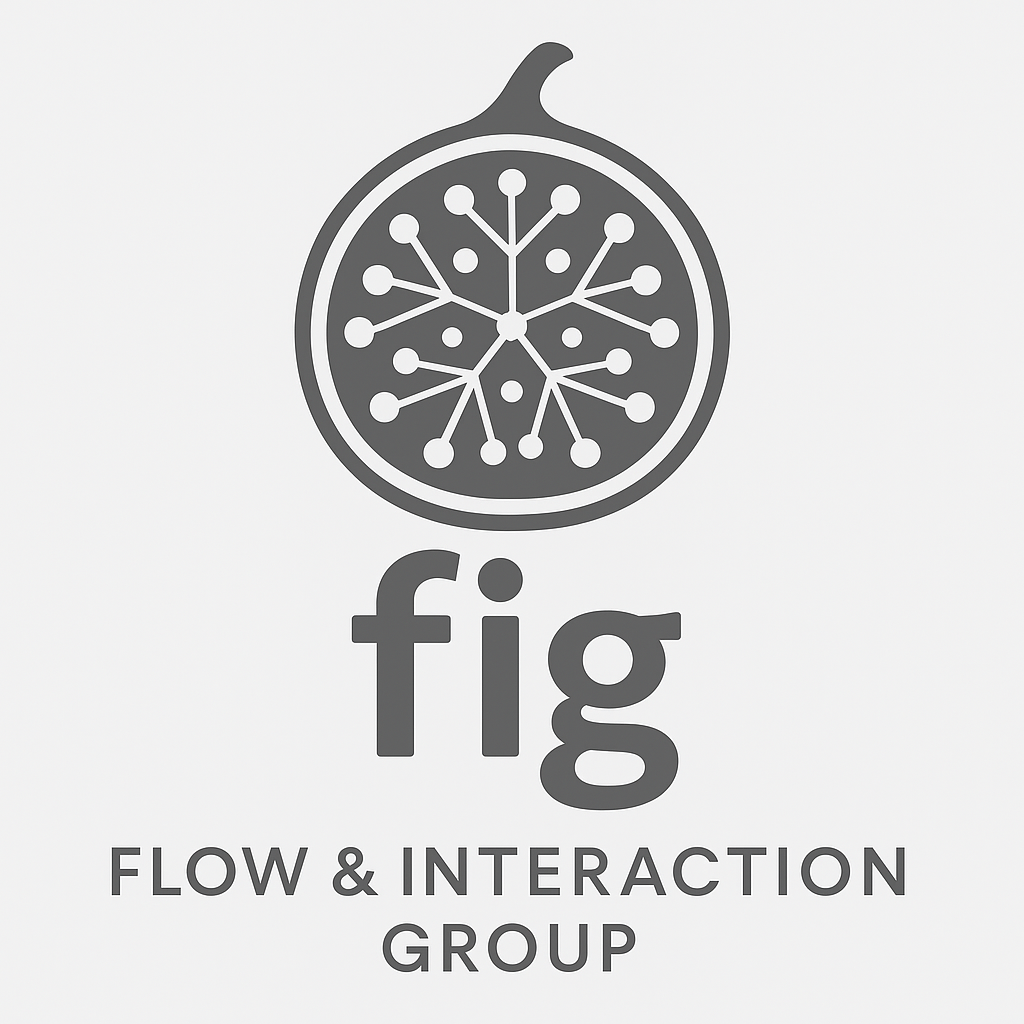Feeling Shapes in Mid-Air

Imagine “touching” a triangle drawn on your palm—without anything actually touching you. That’s mid-air haptics: focused ultrasound creates tiny points of pressure you can feel in space.
In our latest study, we asked a simple question with big design implications: what’s the best way to make 2D shapes (circle, square, triangle) feel clear and recognisable in mid-air?
We compared two approaches. The first shows the whole outline at once—like pressing a cookie cutter on the skin. The second uses a dynamic tactile pointer: a single point that “draws” the shape around its edge. People were better at recognising shapes with the moving point. Then we tried a small twist: adding brief pauses at the corners (a few tenths of a second). Those tiny breaks acted like punctuation marks for touch, and recognition jumped dramatically—into the 80%+ range in both resting and moving-hand conditions. Participants also felt more confident about their answers.
Why it works: our brains chunk sequences. Pausing at corners helps the mind count “one, two, three” for a triangle or “one…two…three…four” for a square.
These insights can make mid-air interfaces more robust—from safer in-car controls you can identify by feel, to accessible tools for teaching geometry in remote settings for blind students.

